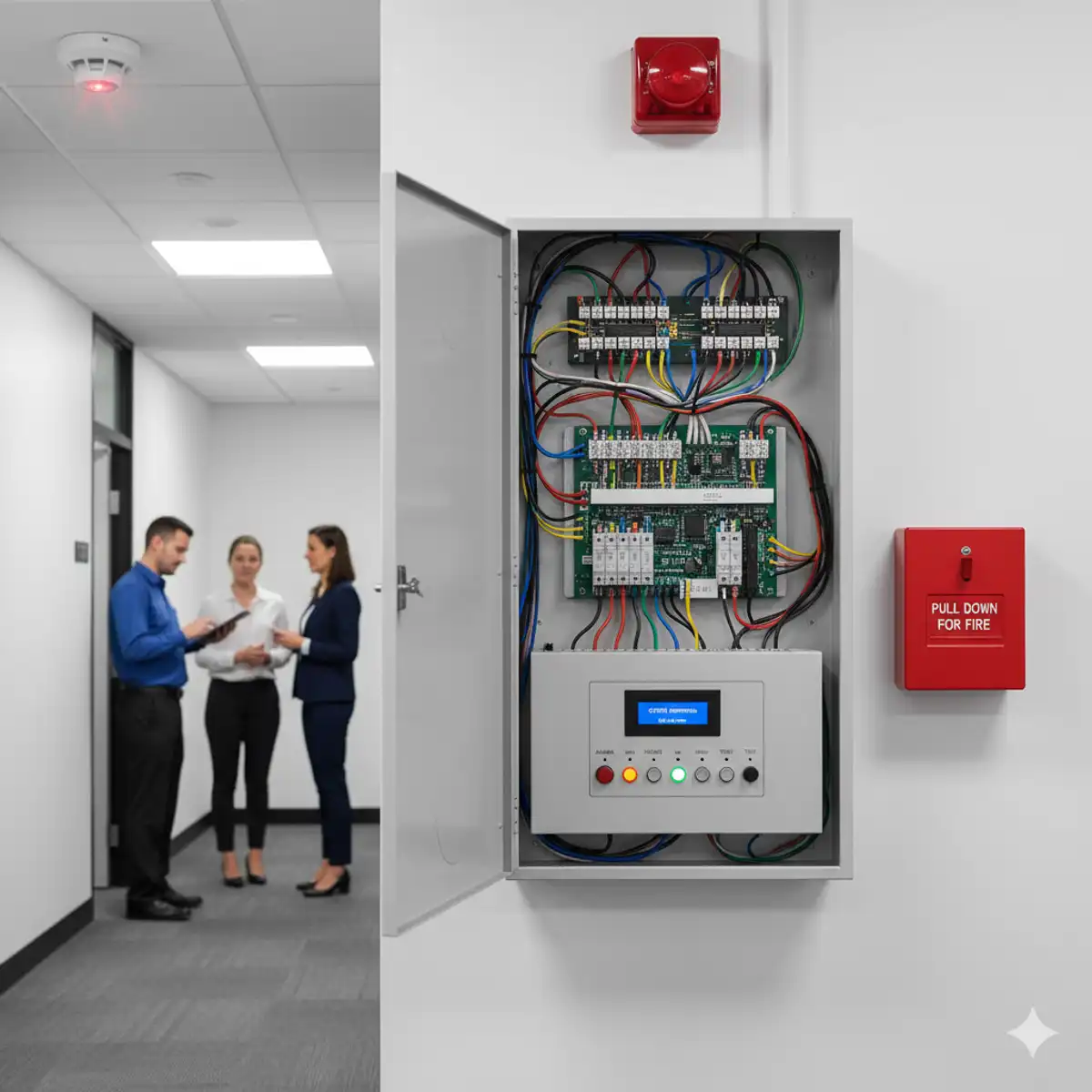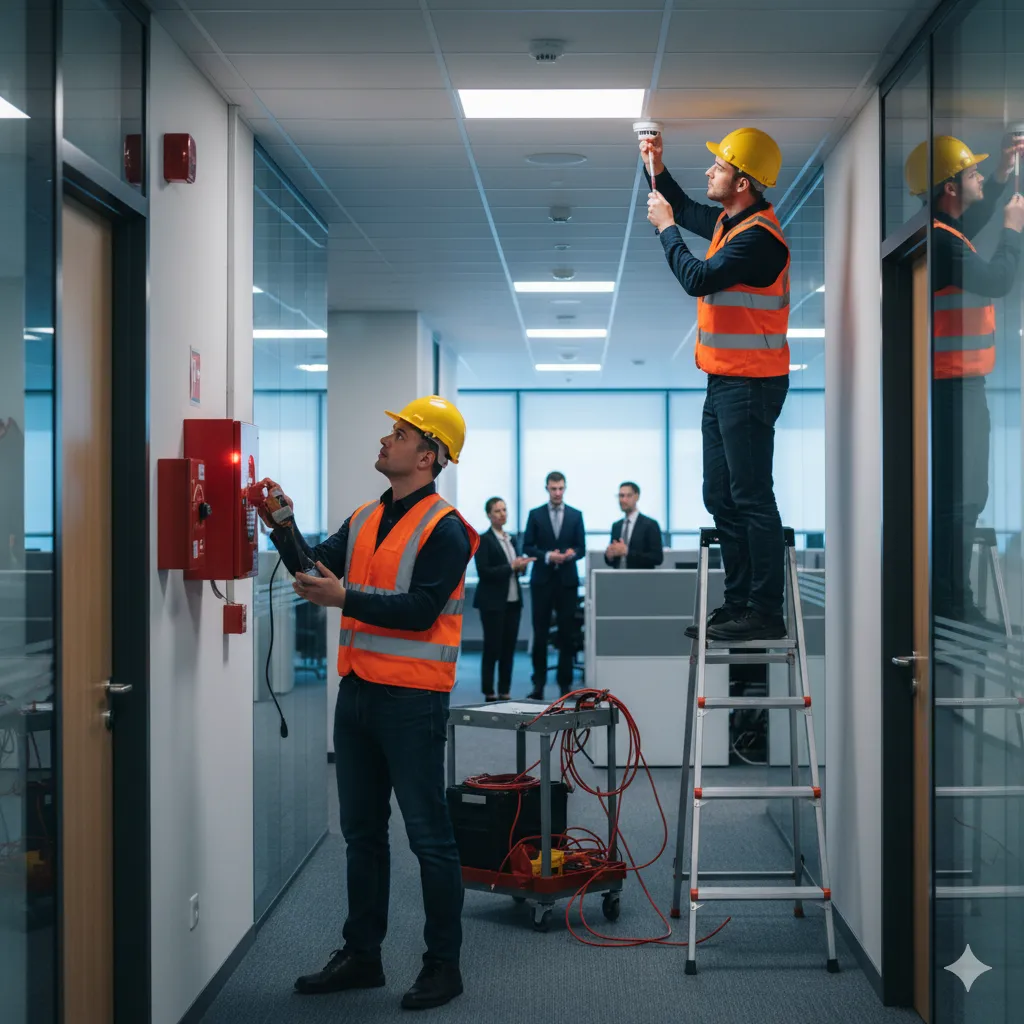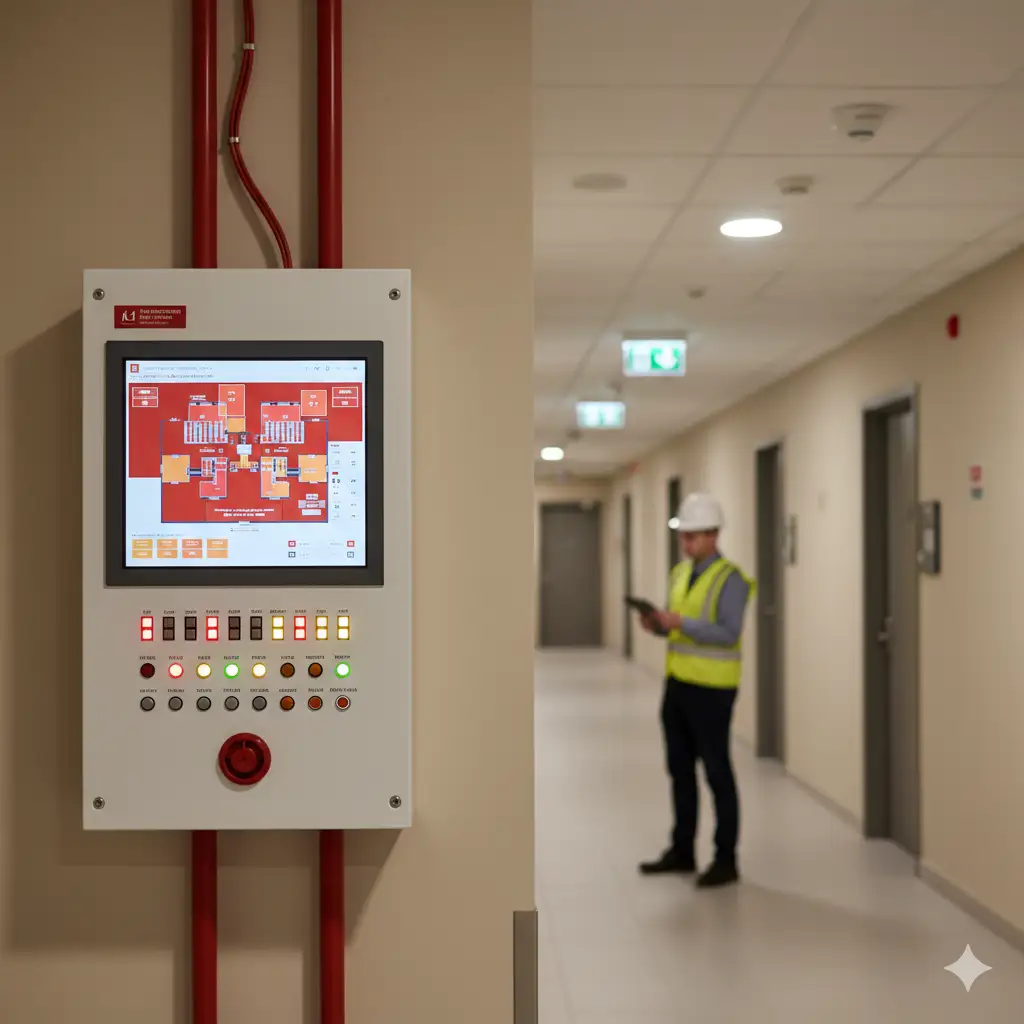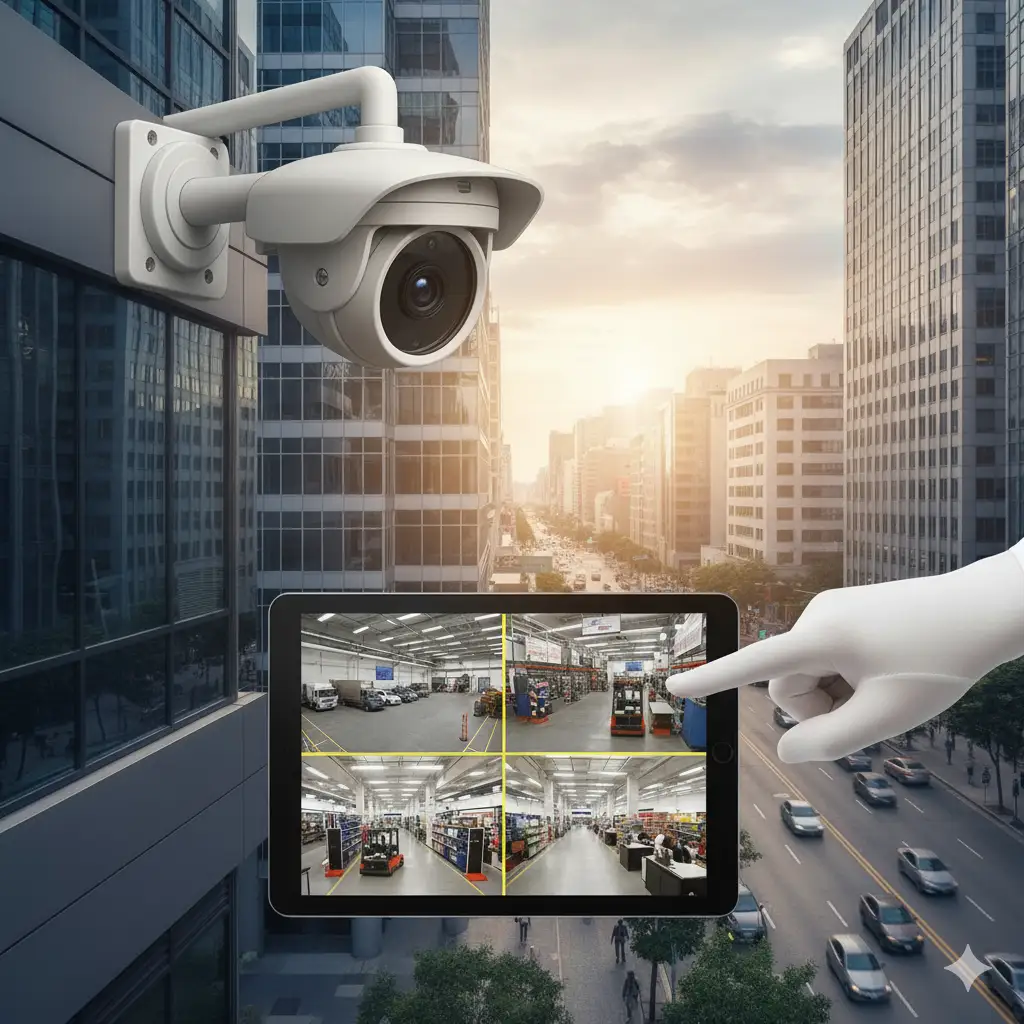How Do Commercial Fire Alarms Work
Fire alarms look simple, right. A red box on the wall, maybe a flashing light, a sound that makes everyone cover their ears. But behind that is a small network quietly watching for smoke or heat or both. It’s not just a random noise system. It’s built to notice danger before people do.
the basics
Every commercial fire alarm has a few parts that work together. You’ve got detectors, a control panel, sounders or bells, and sometimes sprinklers that link in. Detectors sense what’s going on in the air or temperature of a room. The control panel listens to those signals. If something looks wrong, it sends out the alarm.
This happens fast. The system doesn’t think or decide. It just reacts. That’s the point. In a fire, seconds matter.
smoke, heat, and more
There are different kinds of detectors. Smoke detectors use light or ionisation to sense tiny particles floating in the air. Heat detectors look for a quick jump in temperature. Some places use both. In kitchens or workshops where smoke is normal, you’ll often find heat sensors instead.
Modern systems can even pick up gases or flames directly. They’re not magic. Just sensors tuned to spot patterns we know mean fire. For example, a flame detector watches for certain light wavelengths that fires give off.
how the control panel fits in
The control panel is the brain of it all. Every detector connects back to it. When a detector senses something strange, it sends a signal. The panel checks where it came from, what kind of alert it is, and what to do next.
If it’s serious, the panel triggers the sounders and lights. It might also send messages to a fire station or building security. Some systems link with sprinklers or smoke control fans too.
Panels can handle a lot of zones. Each floor or area has its own set. That way, when an alarm goes off, you know exactly where the problem started. In a big building, that saves time and panic.
different systems
There are two main types of commercial systems. Conventional and addressable.
A conventional system divides the building into zones. When something triggers, the panel shows which zone it’s in. But it doesn’t tell you which specific detector went off. It’s cheaper, good for smaller buildings.
An addressable system gives each detector its own code. When one triggers, the panel shows the exact location. It’s more advanced, easier to manage, and often used in large offices, hospitals, or schools.
how the signal travels
The detectors talk to the panel through wiring or sometimes wireless links. In wired systems, low-voltage cables connect everything. They loop around the building so if one wire breaks, the signal can still travel the other way.
In wireless systems, each detector has its own power source and uses radio signals. It’s faster to install but needs battery checks. Both systems get tested regularly. No one wants a silent failure.
when the alarm goes off
When the alarm sounds, the system might flash strobes, ring bells, or send a voice message. The goal isn’t to scare people, it’s to move them. Quickly and safely.
Some buildings have phased evacuation. That means only certain areas get the signal first, giving people nearest the fire time to leave while others wait for instructions. The system handles that automatically.
If the building links to a fire monitoring service, the alarm sends them a signal at the same time. They call the fire brigade if needed. It’s not left to guesswork.
testing and maintenance
Commercial fire alarms need regular checks. Usually weekly or monthly for quick tests, then full inspections once or twice a year.
Testing makes sure every part still talks to the panel, that batteries aren’t dying, and that sensors aren’t clogged with dust. Small things like paint or insects can mess with detectors.
When a building gets refurbished or walls move, fire alarms need updating too. Layout changes affect how sound and smoke move, so sensors might need new spots.
design and planning
Before any system is installed, it’s planned carefully. You can’t just stick alarms anywhere. Designers map the space, think about airflow, people’s movement, and the kind of risks inside. A warehouse full of wood dust needs different sensors than an office with printers.
Building regulations guide the setup. Fire safety engineers decide what level of protection is required. Some buildings need full detection in every room, others only in escape routes or key areas.
why it matters
Fires grow fast. Early warning saves lives. A commercial fire alarm isn’t just a legal tick box. It’s a safety net. It works even when no one’s watching.
And that’s what makes them so important. They’re not dramatic, not high-tech looking, but when they go off, every second they’ve bought you matters.
small details that matter
Things like how often staff get training, where manual call points are placed, and how clear the alarm sound is all play a role. You don’t want confusion in a crisis.
Manual call points, those little red boxes you press, connect straight to the control panel. They let anyone raise the alarm if they see danger before the sensors do.
Also, the power supply has to be backed up. If there’s a power cut, batteries take over. Some panels even have generators. The alarm must work no matter what.
summary
So how do commercial fire alarms work. They listen, they react, they protect.
They sit quietly most of the time, running checks, waiting for the smallest hint of smoke or heat. When that moment comes, they act without hesitation. Because that’s their whole job.
And while they’re simple to look at, the design behind them is anything but. Every wire, every detector, every flash of light is part of a network built to keep people safe when it matters most.
Contact Us Today
If you’re thinking about fitting or upgrading a commercial fire alarm system, talk to RJ Wilson. We’ve worked with all kinds of buildings and know what actually works day to day.
We can design, install, and maintain systems that fit your space and meet all safety standards. No hard sell, just honest advice from people who do this for a living.
Get in touch with RJ Wilson today to find out how we can help keep your building safe.




